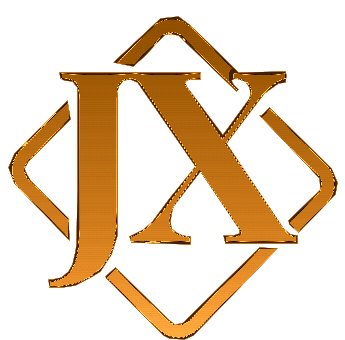The main standards for iridium recycling revolve around iridium content and waste type. Iridium waste with recycling value includes waste iridium catalysts, waste electronic devices, medical equipment, etc. The iridium content in these materials is crucial. For chloroiridic acid recycling, it is generally believed that chloroiridic acid waste containing more than 40% iridium has a high recycling value.

The national standards for chloroiridic acid mainly focus on the purity and stability of the product. Especially in terms of iridium content, standards usually require that the iridium content of chloroiridic acid should be above 40%, so as to ensure the efficiency and reliability of chloroiridic acid in industrial applications.
Key steps in iridium recovery include initial screening of waste materials, chemical treatment to extract iridium, purification of iridium and final product formation. Each step must be carried out in strict accordance with relevant standards and best practices. Especially in the chemical treatment stage, we must precisely control the temperature, pH value and reaction time of the reaction to maximize the recovery rate of iridium.

Given the rarity and high value of iridium, iridium recycling plays an important role in resource utilization and environmental protection. With the advancement of technology and changes in market demand, iridium recycling will pay more attention to improving recovery rates, reducing energy consumption and minimizing environmental impact in the future. At the same time, demand for iridium and its compounds is likely to grow further as new applications are developed.
文章末尾固定信息



评论